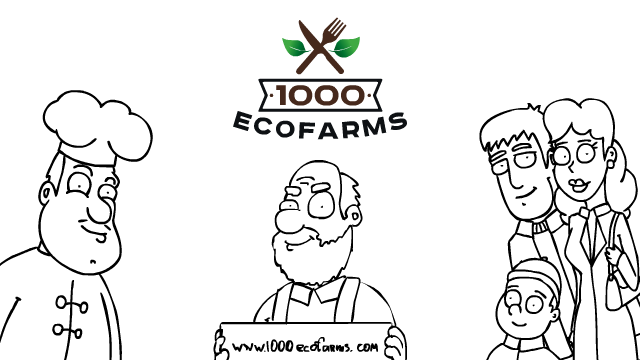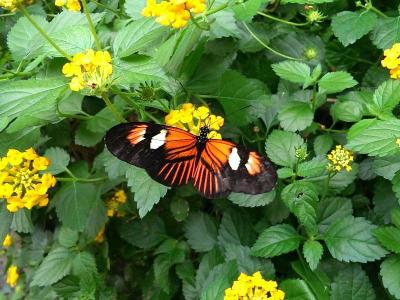'Chestnuts roasting on an open fire…', we are familiar with that classic Christmas tune, but just where do chestnuts come from and can I grow them? Sure, anyone with the land space can grow chestnuts. Just plant two or more chestnut trees for cross pollination, then be patient. In a few years you can harvest ripe chestnuts in your own yard minutes before you're ready to roast them over an open fire.
Choose the Tree
There are four main types of chestnut trees grown in United States: The American chestnut (Castanea dentata), the Chinese chestnut (C. mollissima), the Japanese chestnut (C. crenata) and the European chestnut (C. sativa).
Each specie will produce edible chestnuts, but each one will have a distinctive flavor and the trees will have varying growth habits. The American chestnut tree grows strong and tall, producing small, sweet nuts with easy-to-remove hulls. The Chinese chestnut tree grows wider than it does tall and produces smooth, sweet-flavored nuts. Japanese chestnut trees are semi-blight resistant and produce bitter-tasting nuts and the European chestnut tree grows large and strong, producing nuts with varying flavors.
Plant Two Trees
Once you have selected the tree variety, select a sunny location and prepare the soil for planting two trees. Two chestnut trees are needed for cross pollination, so unless your close neighbor (within 200 feet) has a chestnut tree, you will need to plant two.
Location
The ideal planting location for chestnut trees is on a sunny slope. This location will provide the tree with the needed sunlight (at least 6 hours a day) plus provide the means for quick rain water runoff so the tree roots do not become water logged. Never plant a chestnut tree at the bottom of a slope or in soggy marshland, the tree will not tolerate having its roots in soggy soil.
Plant Tree
Spring is the best time to plant a chestnut tree. Allow 40 feet in all directions for each tree, then dig a large planting hole that is twice as wide and twice as deep as the root ball. Mix compost or well-rotted cow manure into the removed soil and back-fill planting hole so the tree will planted at the same depth as it was in the container. Finish filling the hole with soil, tap down gently to ensure all roots are in contact with the soil, then water well.
Start from Seed
You can start a chestnut tree from a seed, which is just an untreated, raw chestnut. Place the raw chestnut(s) in a plastic bag that is filled damp sphagnum moss or sawdust. Seal the bag and place it in the refrigerate for 4-6 months. This chilling process is needed to cause the raw chestnut to go through the germination process. Chilling the chestnut for months inside a refrigerator mimics what the seed nut would go through if left alone outdoors, but the refrigeration chilling protects the seed nut from small animals and weather conditions which would destroy it.
Plant Seeds in Spring
As soon as the outdoor soil is thawed and workable (usually in March), remove the seed nut from its refrigerated resting place and plant into prepared soil. Dig a shallow, one-inch deep hole and place seed nut with sprout side facing downward. Cover lightly with loose soil and water once a week for the first two months.
Cover the planting location with some type of wire or wire basket so small animals, like squirrels, will not dig up the seed nut. Remove the wire protection after the seed nut has sprouted and the sampling tree reaches 12 inches in height.
Branch Training
Chestnut trees require very little care after planting, but to grow the most aesthetically pleasing, nut-producing tree, a little early branch training will be needed. Ensure adequate branch spacing by pinching or pruning off sucker branches that compete with the central trunk for height. Select a scaffold of limbs branching off from the main trunk, spacing them about one foot apart all around the trunk, then remove all the remaining branches during the first year after the tree is planted. Prune away diseased, dead or unsightly limbs as needed during the lifetime of the tree to keep it strong, healthy and looking good.
Harvest Time
Chestnuts are grown inside spiny burrs that can house 1-3 nuts. When the chestnuts are ripe in the early fall, the spiny burrs crack open and drop the ripe nuts to the ground or the entire spiny burr falls from the tree to the ground. In either event, the ripe chestnuts will be harvested off the ground under the tree, taking all the guess-work out of whether or not they are ripe.
Small animals will be competing with you for the ripe chestnuts when harvest time comes, so gather them as soon as possible after they fall from the tree.


